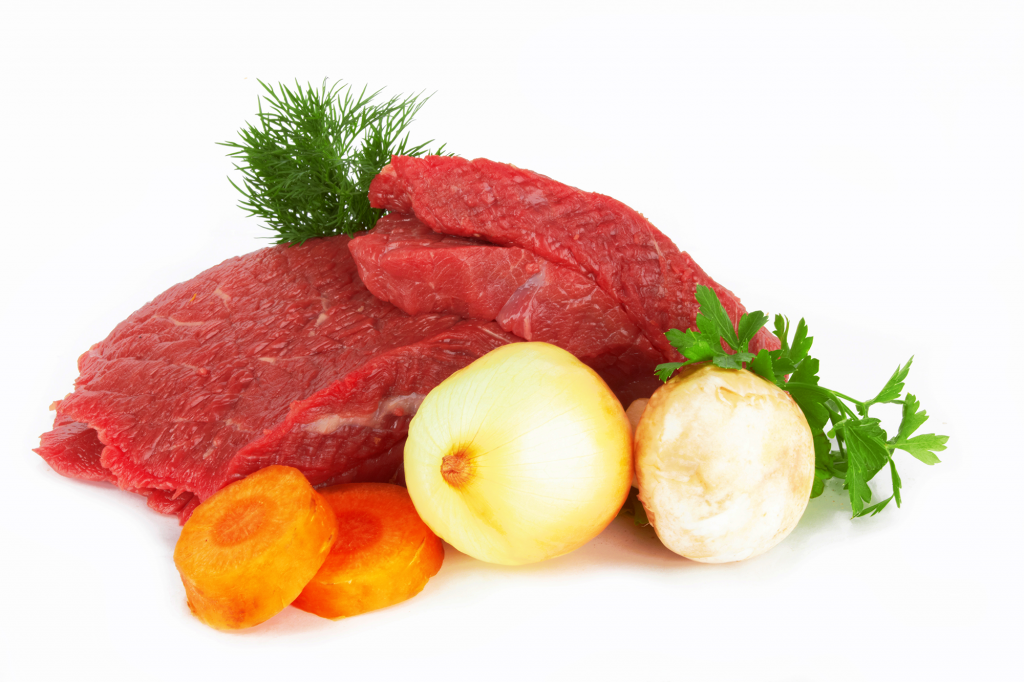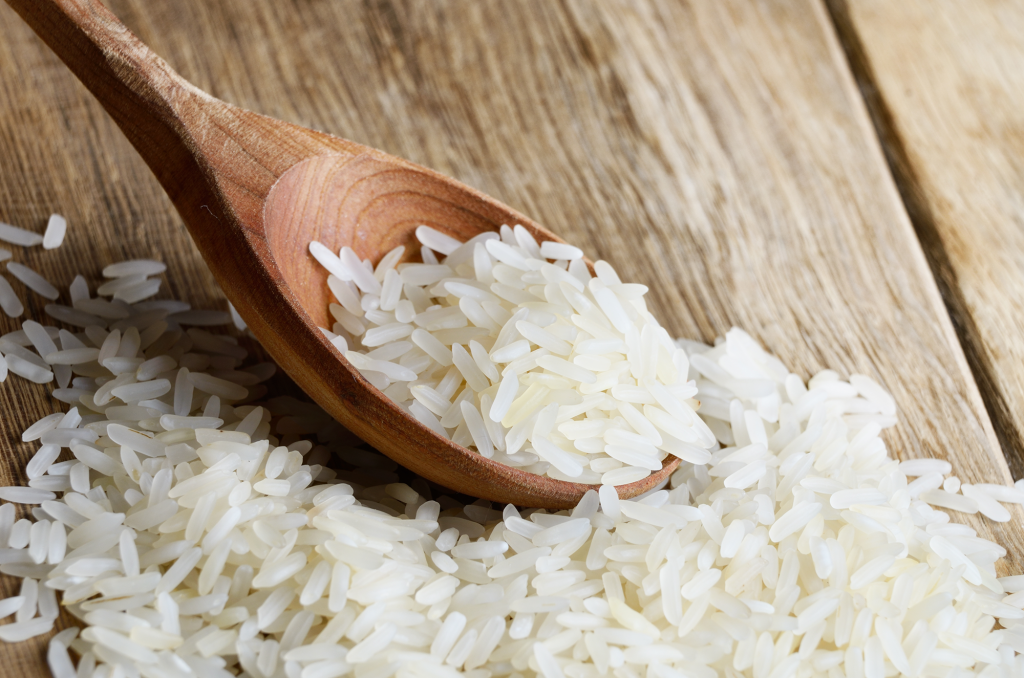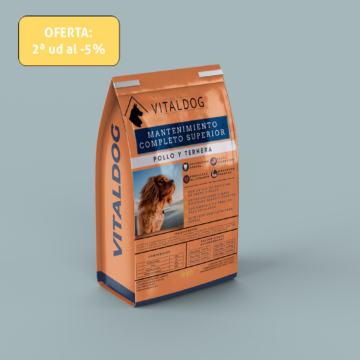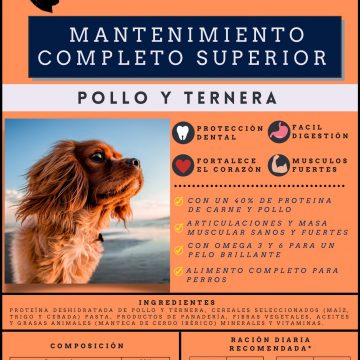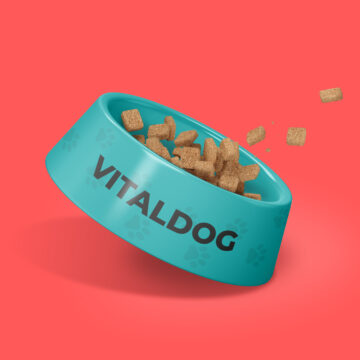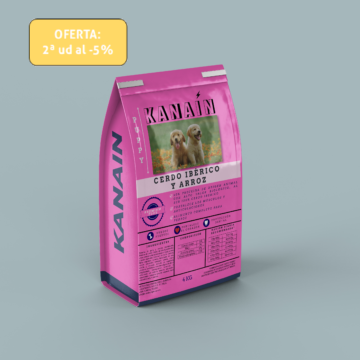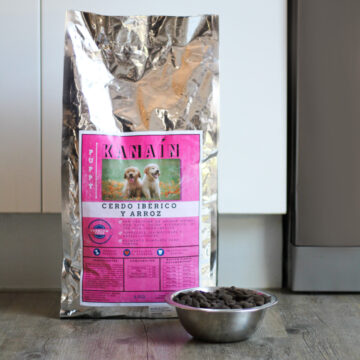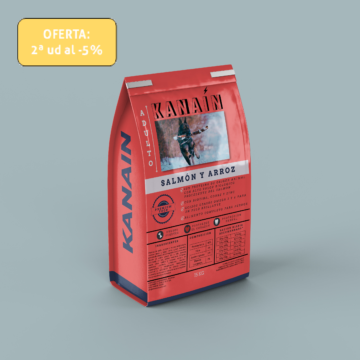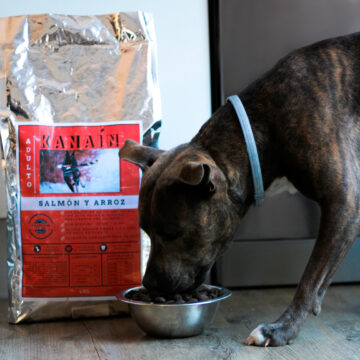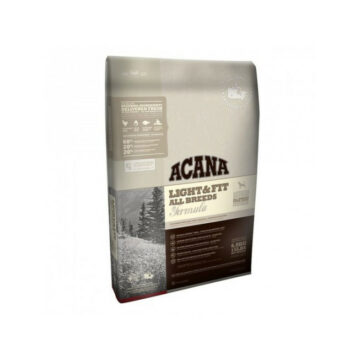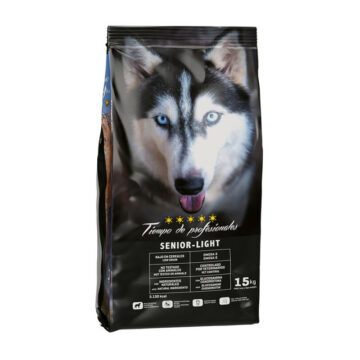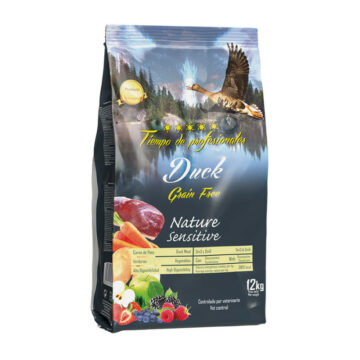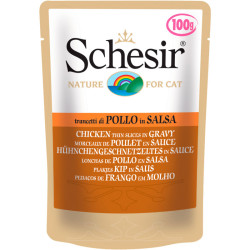-
VITALDOG – Mantenimiento Completo Superior – Pienso para Perros Adultos Pollo y Ternera – 18 kg
- 21,50 €
- Valorado con 4.00 de 5
- Añadir al carrito
-
VITALDOG – Alta Energía – Pienso completo para perros – Pollo y Ternera 18 kilos
- 21,99 €
- Valorado con 5.00 de 5
- Añadir al carrito

SOMOS ESPECIALISTAS EN PIENSO PARA MASCOTAS
MEJOR RELACIÓN CALIDAD-PRECIO DEL MERCADO
DALE UNA MEJOR Y LARGA VIDA A TU AMIGO
Mejora la calidad de vida de tu mascota. Ayúdalo a crecer fuerte y saludable con los mejores productos para su desarrollo.
En LA TIENDA DEL PIENSO apostamos por una alimentación de calidad con productos naturales, sin conservantes y elaborados por veterinarios que ayudan a que tu mascota goce de excelente salud.
Pero todo esto sin renunciar al precio más competitivo del mercado. Porque la calidad no tiene que suponer unos precios elevados, en LA TIENDA DEL PIENSO damos la oportunidad a que todas las familias puedan dar una comida de calidad a sus mascotas.
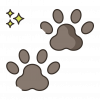
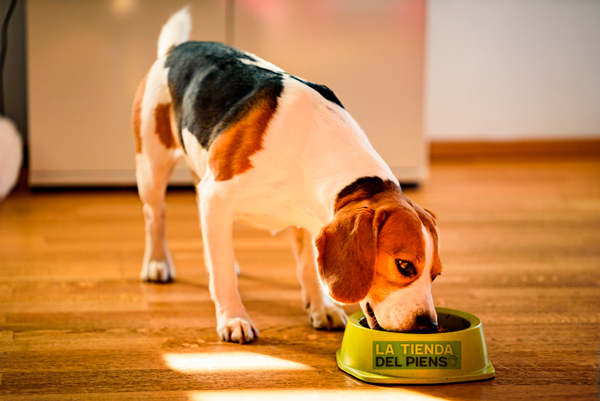
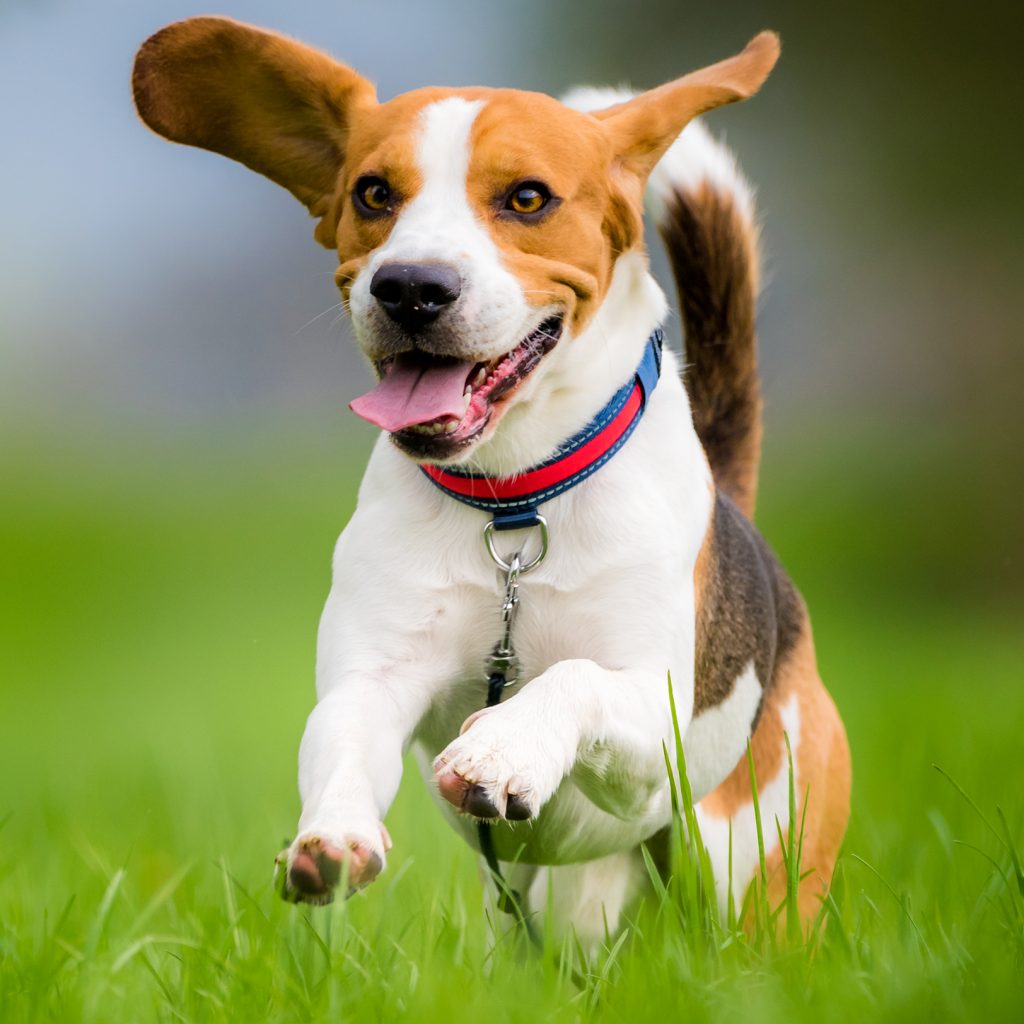
Dieta Sana y Equilibrada
Mejora la calidad de vida de tu mascota. Ayúdalos a crecer fuertes y saludables con los mejores productos para su desarrollo.
La alimentación es un elemento clave para el bienestar de nuestros animales. Al proporcionar una dieta sana y equilibrada que se adapte a cada etapa de la vida de nuestras mascotas, contribuiremos a mejorar su salud, bienestar y longevidad.
Vitaldog y Kanain, es un nuevo concepto de alimentación para su mascota, que abarca una amplia gama de productos.
Nuestro objetivo es ofrecer la mejor calidad para su mascota a un precio muy competitivo. Además, nos esforzamos por satisfacer las necesidades de los animales y sus dueños mediante la investigación, la innovación y el desarrollo de nuevos productos.
Proceso de Elaboración
Se realiza una mezcla con las mejores materias primas, previamente seleccionadas por personal cualificado.
Los ingredientes mezclados pasan por una micro molienda para garantizar un producto totalmente homogéneo.
Seguidamente, se realiza un proceso de cocción continúo y homogéneo llamado extrusión. Mediante este proceso se aplica una alta temperatura y presión al alimento, durante un corto espacio de tiempo, produciendo una serie de cambios en la forma, estructura y composición del producto.
Se consigue así una mejor digestibilidad y función nutricional, favoreciendo el cuidado y desarrollo de su mascota, siendo esto último una prioridad en nuestro proceso de fabricación. Finalmente y tras varios procesos para mejorar la calidad de nuestras crujientes y apetecibles croquetas se procede a su envasado quedando preparadas para su distribución.
